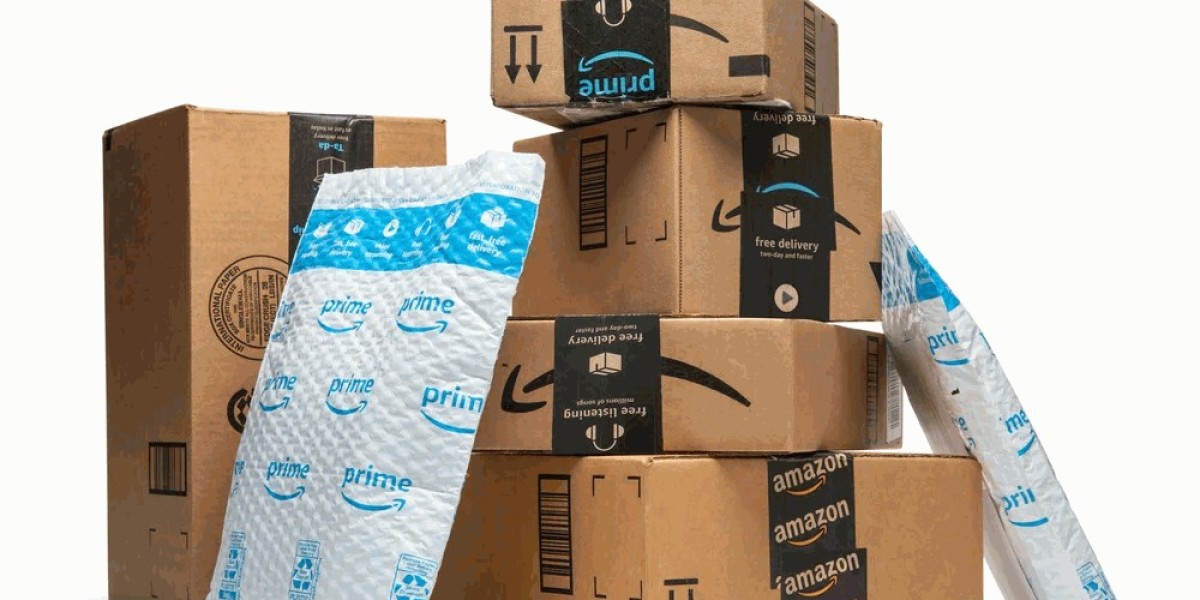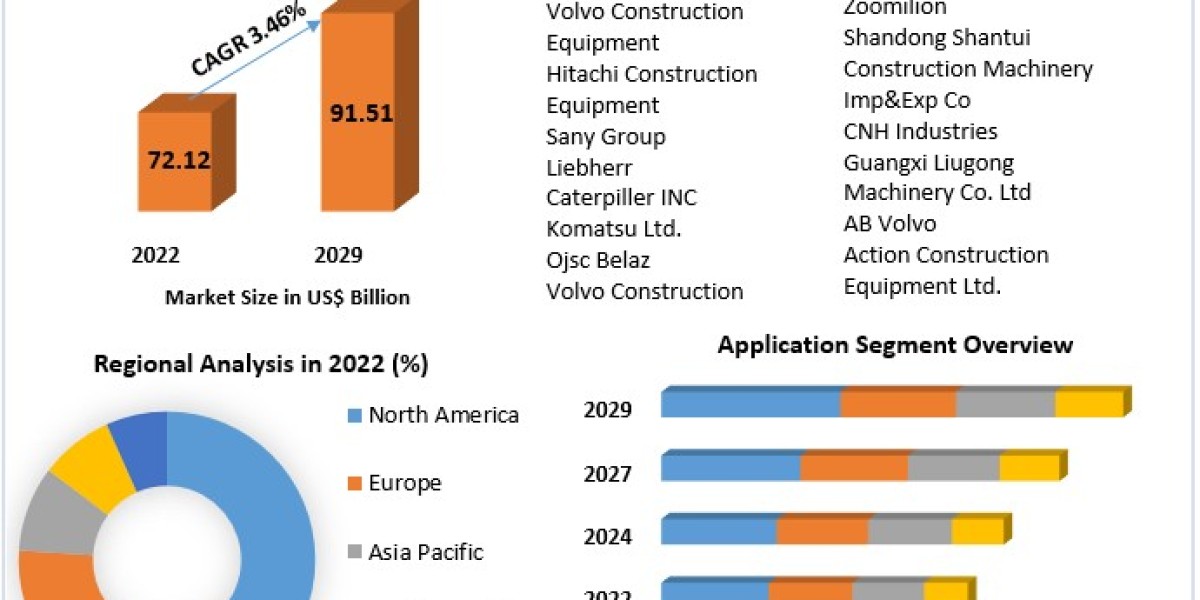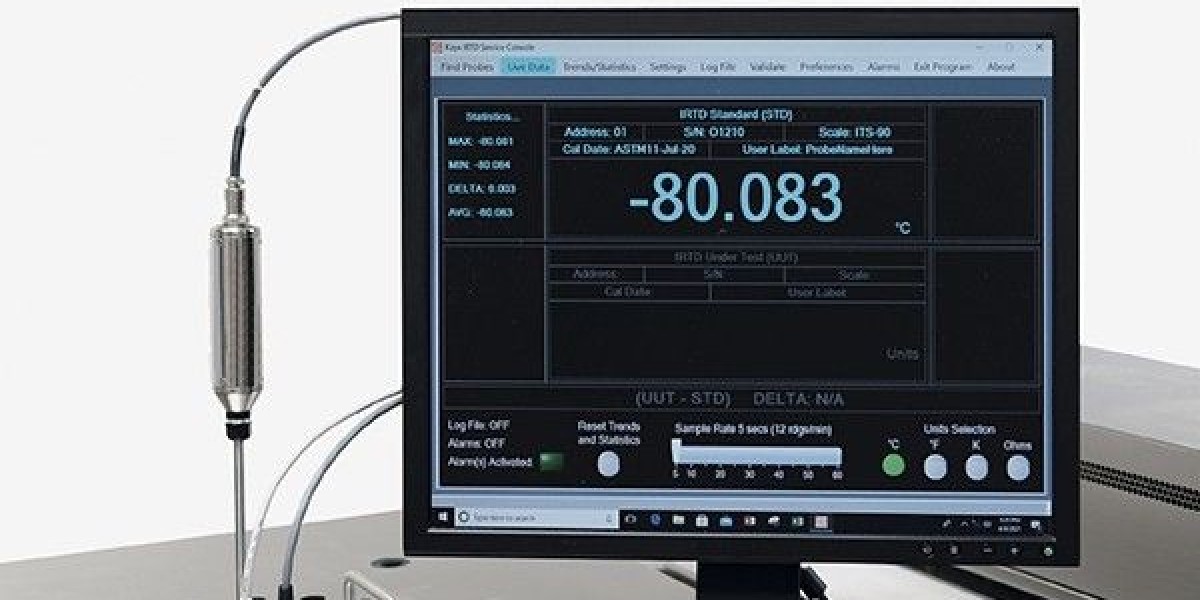The transformation of a corrugated box from raw material to final product is a fascinating process that demonstrates the intersection of science, engineering, and workmanship. Taking a tour of a corrugated box manufacturing provides a thorough knowledge of the complexities involved in producing these critical packaging solutions. This article walks you through each stage of the manufacturing process, emphasizing the cutting-edge equipment and rigorous methods that guarantee the finest quality boxes.
Introduction to Corrugated Box Manufacturing
Corrugated boxes are essential for worldwide commerce because they provide long-lasting and versatile packaging for items from a variety of industries. The manufacturing process is divided into various steps, each of which is crucial to the strength, durability, and functionality of the finished product. Our tour begins with raw ingredients and progresses to the finished product, ready for export.
Raw Materials and Initial Processing
Sourcing and Preparing Raw Materials
Kraft and recycled paper are the principal basic materials used to make corrugated boxes. Kraft paper is known for its strength and durability, so it’s great for the box’s outside layers. The fluted center layer is generally made of recycled paper, which promotes sustainability.
- Pulping: Wood chips and recycled paper are pulped to create a slurry.
- Paper Making: The slurry is processed to form kraft paper, which is dried and rolled.
Quality Control
Each batch of paper is subjected to stringent quality checks to ensure it fulfills the requisite criteria for strength and consistency. The samples are checked for:
- Tensile Strength: To ensure durability.
- Moisture Content: To prevent warping and degradation.
- Grammage: To maintain uniformity in thickness.
The Corrugating Process
Corrugator Machine
The corrugator machine is fundamental to the manufacture of corrugated boxes. This large piece of equipment converts kraft paper into corrugated board in multiple stages:
- Fluting: Kraft paper is passed through heated corrugating rolls to create the fluted structure.
- Single-Facing: The fluted paper is glued to a flat linerboard, creating a single-face corrugated board.
- Double-Facing: The single-face board is then glued to a second linerboard to form a complete corrugated sheet.
Bonding and Drying
Starch-based adhesives are utilized to attach the fluted paper to the linerboards. The board goes through a sequence of heated platens to dry and fix the adhesive, resulting in a robust and stable structure.
Cutting and Shaping
Slitting and Scoring
After the corrugated board is created, it is cut into the necessary widths and lengths with precision slitting equipment. The scoring wheels then form fold lines, allowing for quick box construction.
Die-Cutting
For custom shapes and designs, the board is put through a die-cutting machine. This machine employs steel rule dies to cut elaborate patterns and slots, resulting in precise and uniform cuts for complex box designs.
Printing and Finishing
Flexographic Printing
Many corrugated boxes require printing to include branding, instructions, or product information. Flexographic printing presses produce high-quality images and text directly onto corrugated board. The process includes:
- Plate Making: Creating flexible printing plates with the desired design.
- Ink Application: Applying water-based inks that dry quickly and adhere well to the paper surface.
- Printing: Transferring the design from the plates to the corrugated board.
Coating and Lamination
For added protection and aesthetic appeal, some boxes undergo coating or lamination. Options include:
- UV Coating: Provides a glossy finish and enhances durability.
- Water-Resistant Coating: Protects against moisture and humidity.
- Lamination: Adds a layer of plastic film for extra strength and protection.
Assembly and Packaging
Folding and Gluing
The printed and cut corrugated board manufacturers are then folded to shape. High-speed folding machines crease the boxes along the score lines, while glue machines add adhesive to the required edges to construct the box.
Inspection and Quality Control
Every assembled box undergoes a final inspection to ensure it meets quality standards. Inspectors check for:
- Structural Integrity: Ensuring the box can withstand handling and transportation.
- Print Quality: Verifying the clarity and accuracy of printed designs.
- Dimensional Accuracy: Confirming that the box dimensions are precise and consistent.
Packing and Shipment
The finished boxes are wrapped and packaged for transportation. They are piled on pallets and wrapped to prevent damage during shipping. The packaging method ensures that the boxes arrive in pristine shape, ready to use.
Innovations in Corrugated Box Manufacturing
Sustainable Practices
Modern corrugated box manufacturers are committed to sustainability. Initiatives include:
- Recycling Programs: Using recycled paper and promoting the recycling of used boxes.
- Energy Efficiency: Implementing energy-saving technologies and practices in production.
- Eco-Friendly Inks and Adhesives: Using non-toxic, biodegradable materials.
Advanced Technology
The industry continuously evolves with advancements in technology. Notable innovations include:
- Automation and Robotics: Enhancing precision and efficiency in production.
- Digital Printing: Offering high-quality, customizable designs with shorter lead times.
- Smart Packaging: Incorporating RFID tags and sensors for improved tracking and monitoring.
Conclusion
A tour of a corrugated box manufacturers maker illustrates the painstaking processes and innovative technologies used to produce high-quality packaging solutions. From raw material preparation to final inspection, each phase is intended to assure longevity, functionality, and sustainability. Understanding this intricate journey helps us appreciate the critical role corrugated boxes play in global business.








